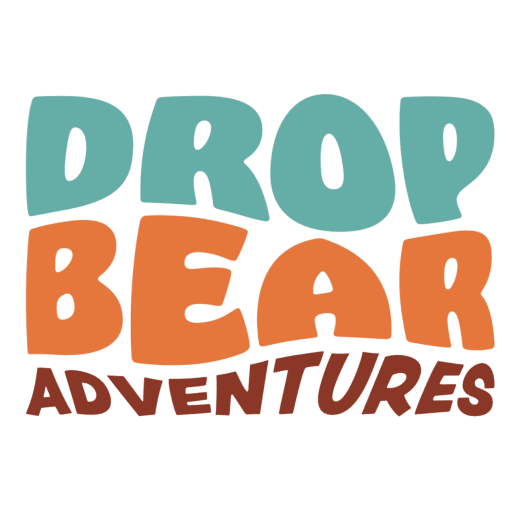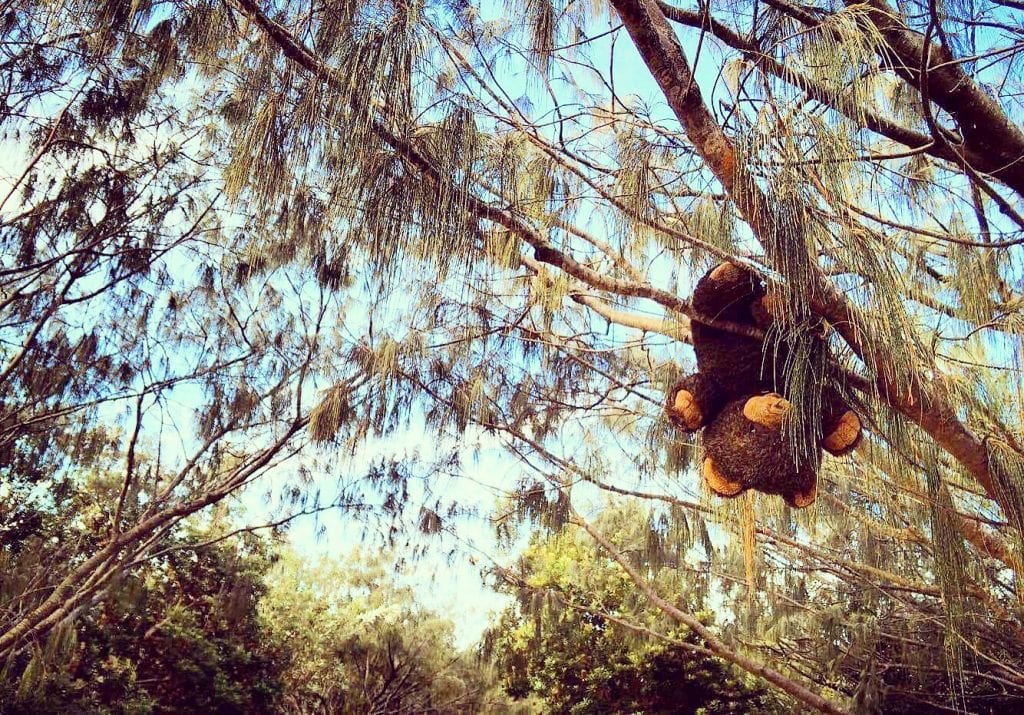Bessie Hassan | Consumer Advocate at creditcardfinder.com.au
If you’re visiting Australia from international borders, you’ve either accepted the fact that you’ll inevitably face death by one of many deadly animals or you’re avoiding unique experiences, like learning to surf, because you’re certain a shark is poised in the depths, waiting for it’s next tourist-treat.
Depending how long you’ve been in the country, you’ve probably realised that most of the content you’ve read on social media, representing Australia and our wildlife, isn’t entirely accurate… I mean, how many Aussies have you seen riding a kangaroo to work?! If you’ve just arrived to our great nation, allow me to ease your mind; the majority of what you’ve read about the ‘deadly’, ‘lethal’ and ‘venomous’ animals/insects that roam our country is grossly exaggerated.
Before you refuse to enter our surf or go on a hike through a national park, review below a more accurate article. Whilst I can’t promise to diffuse your concerns completely, I can provide some advice that’ll minimise your chance of being attacked.
Sharks:
On average, 1 fatal shark attack occurs per year in Australian waters. To put that in perspective, approximately 300 people die from drowning in Australia every year. You’re actually more likely to be killed by a falling coconut, a malaria carrying mosquito (which we don’t have, relax) or even, from falling out of bed. In order to drastically minimise your chance of being that 1 extremely unfortunate individual who’ll statistically face death-by-shark, don’t swim in unprotected or unpatrolled waters. Those people all matching in yellow and red you’ve seen at the beach, that’s not an Aussie fashion-trend, they’re our lifeguards. Lifeguards who patrol the beach are not only watching swimmers and surfers, they also monitor the water from varying vantage points for shark-sightings. Alert methods, such as alarms, are in place to alert beach-goers to exit the water if a shark-shadow is spotted too close to bathers. Additionally, most patrolled beaches have prevention methods such as nets, drum lines and hooks that deter sharks from venturing too close to shore. Finally, a common belief shared by Aussies is that sharks dislike the taste of human flesh and after an initial bite will consider you inedible. If you do encounter a shark, you’re more likely to lose a limb rather than your life, if that’s of any reassurance.
Snakes:
No, they don’t chase you. Like most animals, snakes are more afraid of you than you are of them. Typically, a snake will feel your approaching vibrations through the earth and slither away without your knowing. When threatened or provoked however, a snake will ready itself for defence. If you encounter a snake, it’s recommended stand stationary – a snake won’t strike you if you remain motionless, if you’ve not the willpower, slowly and calmly retreat. If you do happen to startle a snake and are bitten, call an ambulance immediately (our emergency number, by the way, is 000). As we share our land with 21 of the 25 most venomous snakes in the world, the correct anti-venom is never far away.
Spiders:
I’ll warn you right now, all of what you’ve heard about the size of our spiders, is assumably accurate. Although I’m unaware of which country you’re visiting from, I can confidently say that Australian-bread spiders are at least, five times the size of the ones that occupy your home land. If you don’t attempt to touch a spider, it’s rather unlikely you’ll receive a bite. As a result of having antivenom for all native spider species, there have been no deaths in Australia from a confirmed spider bite since 1981 .
Dingoes:
“Dingo ate my baby” isn’t a phrase Australians actually use, and dingoes don’t actually hunt and consume babies. Although the 40 year old story originates from a debated truth, in reality the incidence of attacks on humans are rather rare. Fraser Island is home to approximately 200 dingoes , many of which have become accustomed to human presence, so it’s likely you’ll encounter one. It’s against the law to feed dingoes as encouraging their company typically results in an increase of attacks. Although rare, the majority of dingo attacks do happen at Fraser Island, so it’s important to follow the rules and regulations that have been implemented as a safety precaution.
Drop Bears:
If you haven’t already heard, a drop bear is a carnivorous koala, whose diet consists of solely of tourist blood. Drop bears lurk in the treetops and above doorways, fall from heights of up to 10 metres, strategically stunning their prey upon impact, before sinking their razor sharp fangs into the neck.
In reality, the drop bear is a myth that Aussie locals invented to coerce tourists into performing ludicrous deterrent methods. For your own ego I hope you’re reading this prior to buying into the banter and spreading Vegemite behind your ears (a renowned defence mechanism).
Although you can swim at patrolled beaches, deter the presence of dingoes and overcome your temptation to pet spiders – safety is never a guarantee. Animals are habitually unpredictable, however this shouldn’t deter you from participating in activities while you’re touring Aussie-land. On the off-chance you do find yourself in a pickle down under, there are some emergency funding options specifically for visitors that are worth some serious consideration.
If you can survive all this, you may just find that our gorgeous nation isn’t too bad after all!
Bessie Hassan is the Consumer Advocate at creditcardfinder.com.au, one of Australia’s biggest comparison websites.

